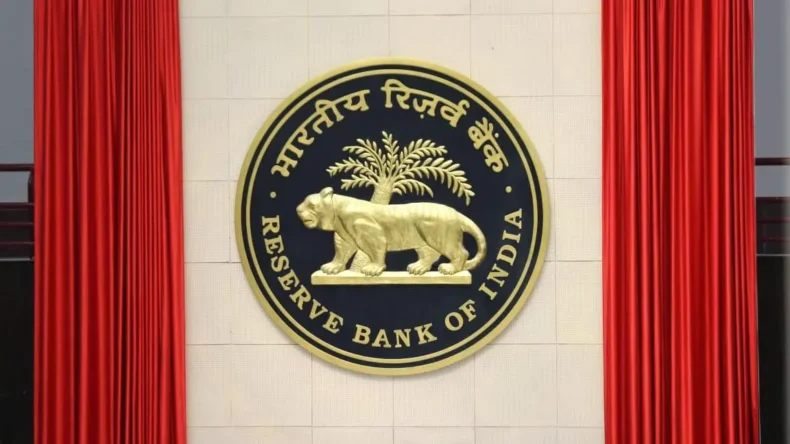Due to the increasing trade deficit and FIIs pulling out funds, INR has been continuously weakening. On 11th July rupee traded at ₹79.33 against the dollar re-visiting the 5th July quote. RBI has taken many steps against weakening Rupee and took one more in this direction.

Due to various global events such as the US fed rate hike, increasing oil prices, and supply chain disruptions, INR has been weakening in the global economy. India is a net importing country with energy (Crude oil and coal) being amongst the highest share. Thus, increasing energy prices is creating a trade deficit, leading to the threat of imported inflation. Further, due to the US fed rate hike, many foreign institution players are pulling out their capital which has taken a huge hit on our foreign reserves.
Steps taken by RBI taken till now in the matter of weakening Indian currency:
- Exempting non-residential (External) rupee deposits and incremental foreign currency non-bank accounts from maintenance of statutory liquidity ratio (SLR) and cash reserve ratio (CRR). This would free-up banks margins to make these facilities more attractive to boost forex inflows and deposits.
- RBI announced G-sec of with 7-year and 14-year tenors to the existing 5-year, 10-year, and 30-year tenors. This move is set to increase the choices of debt instruments for foreign investors.
- Amending the FCRA Rules, MHA allows Indians to receive upto ₹10,00,000 from their relatives staying abroad without informing the authorities. On breaching such limits, they would have to inform MHA within 90 days. Earlier provisions for the same were such that the limit was ₹1,00,000 and intimation had to be made within 30 days.
In addition to this, they have eased the process and compliances for the individuals/Organisations/NGOs to receive registration under the FCRA rules to get access to the foreign funds.
This law went under major overhaul in November 2020 to curb the political influence of such foreign funding.
RBI’s latest step
RBI allows International settlement in INR. While announcing this it says in the notification
The Reserve Bank of India (RBI) has allowed trade settlements between India and other countries, including Sri Lanka and Russia, in rupees. “In order to promote the growth of global trade with emphasis on exports from India and to support the increasing interest of the global trading community in INR, it has been decided to put in place an additional arrangement for invoicing, payment, and settlement of exports/imports in INR
RBI Notification
- RBI allows arrangement for invoicing, payment and settlement to the traders for the international transactions in rupee while the US dollar is the global standard for such settlements.
- The exchange rate between the currencies of two trading countries may be market determined.
- Settlement of trade transactions under this arrangement will take place in Rupees
- Rupee surplus balance may be used in permissible capital and current account transaction as per mutual agreement.
- Balance in special Vostro accounts can be used for projects, investments, investment in government securities and export or import advance flow management.
Advantages of this step by RBI
Federation of Indian Export Organisations (FIEO) president A Sakthivel believes this arrangement would help export-import trade with countries having forex shortages. He says “This is a timely move, and comes at a time when many countries are facing huge forex shortages in Africa and South America. Allowing only EXIM transactions through a letter of credit will help our exporters and importers.”
Several experts believe this will promote trade, especially imports, for India and will help the central bank to preserve its foreign exchange stockpile. They believe this is a step towards the acceptance of the rupee as an international currency. The critical part however is the determination of the exchange rate which is believed to be determined by the market forces.
RBI has partially taken a step in this direction by introducing a rupee-rouble in January 2022 but work on the same has not been at a satisfactory pace. This new mechanism will operate in a similar fashion as the rupee-rouble bilateral payment mechanism through the special rupee Vostro account of corresponding banks in partner trading countries.













